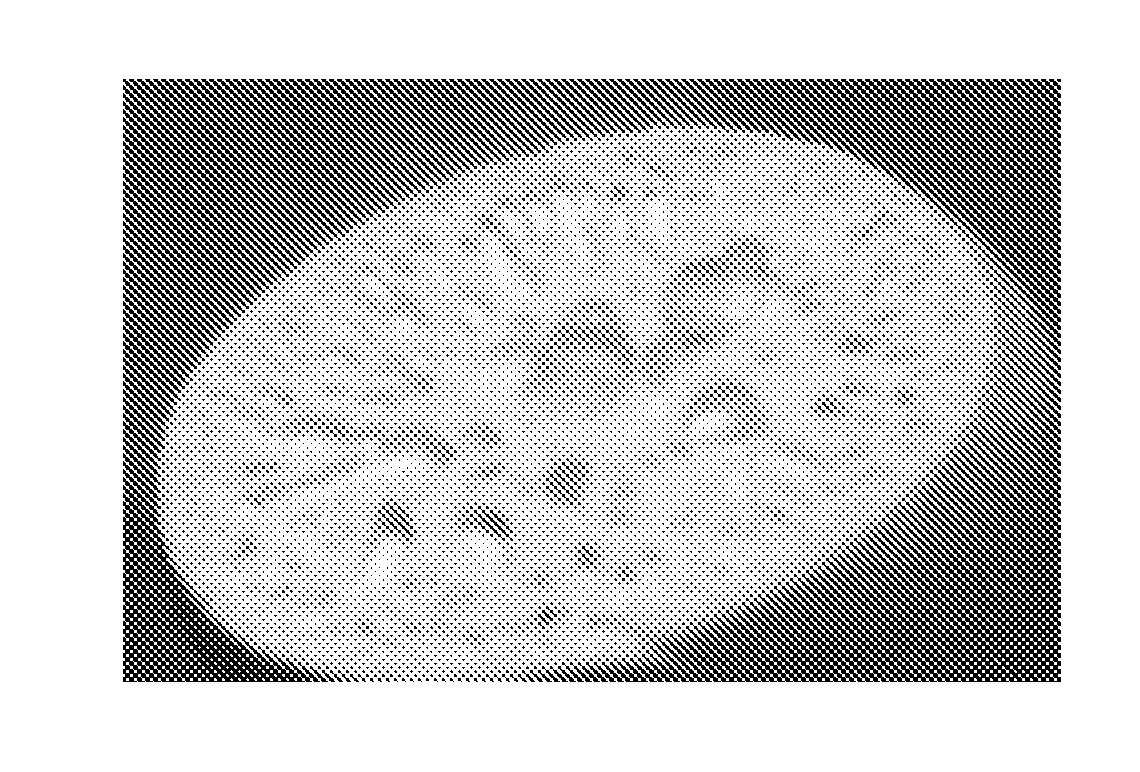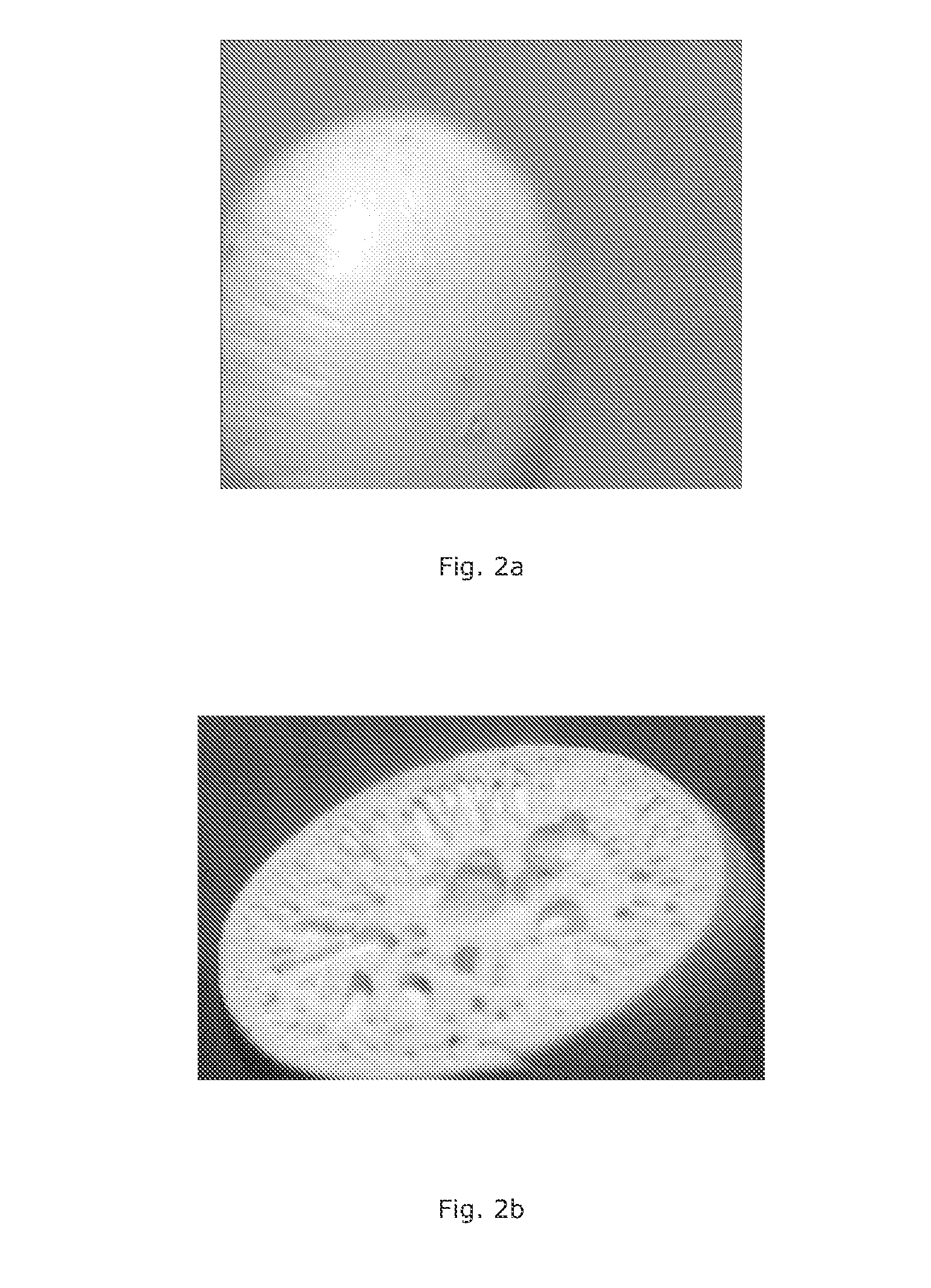Polymer composite for extracting cesium from nuclear waste and/or other inorganic wastes/solutions
- Summary
- Abstract
- Description
- Claims
- Application Information
AI Technical Summary
Benefits of technology
Problems solved by technology
Method used
Image
Examples
example i
Typical Procedure For the Synthesis of the AMP Blended Polymer Composite
[0057]In a typical procedure, polymer substrate is dissolved in a suitable solvent including di-chloromethane, n-methyl pyrrolidone and N-N dimethylacetamide, N-N dimethyl formamide and / or their mixtures and ammonium molybdophosphate or AMP in required amount is added slowly at 35° C. and stirred for 30 minutes. The resulting solution is syringed out and added drop wise in distilled or de-ionized water. Different sized beads are obtained by wet phase separation process by varying the bore size of the needle. The beads are washed extensively with water. The wet beads are put in a stainless steel column. Simulated, acidic radioactive waste is passed through the column. Input and output counts are recorded using gamma detector.
[0058]The thermal stability of the polymer and the resulting AMP-polymer composite bead is demonstrated by the TGA-DTA curves in FIGS. 1a and 1b.
[0059]FIG. 1a reveal that there is a weight l...
example ii
Synthesis of the AMP Blended Polymer Composite Comprising Different Weight Ratios of Polymer and AMP in Accordance With the Above Described Procedure
[0068]a. 15 gm of polyether sulfone is dissolved in 85 gm of N-methyl pyrrolidone. 80 gm of AMP was dispersed in the solution and bead was made following the procedure illustrated in Example I.[0069]b. 25 gm of polyether sulfone is dissolved in 75 gm of N-methyl pyrrolidone. 80 gm of AMP was dispersed in the solution and bead was made following the procedure illustrated in Example I.[0070]c. 15 gm of polyether sulfone is dissolved in 85 gm of N-methyl pyrrolidone. 40 gin of AMP was dispersed in the solution and bead was made following the procedure illustrated in Example I.[0071]d. 7.5 gm of polyether sulfone (Molecular weight 1, 50, 000) and 7.5 gm of polysulfone (Molecular weight 60, 000) is dissolved in 85 gm of N-methyl pyrrolidone. 20 gm of AMP was dispersed in the solution and bead was made following the procedure illustrated in E...
PUM
| Property | Measurement | Unit |
|---|---|---|
| Temperature | aaaaa | aaaaa |
| Temperature | aaaaa | aaaaa |
| Fraction | aaaaa | aaaaa |
Abstract
Description
Claims
Application Information
 Login to View More
Login to View More - R&D
- Intellectual Property
- Life Sciences
- Materials
- Tech Scout
- Unparalleled Data Quality
- Higher Quality Content
- 60% Fewer Hallucinations
Browse by: Latest US Patents, China's latest patents, Technical Efficacy Thesaurus, Application Domain, Technology Topic, Popular Technical Reports.
© 2025 PatSnap. All rights reserved.Legal|Privacy policy|Modern Slavery Act Transparency Statement|Sitemap|About US| Contact US: help@patsnap.com



